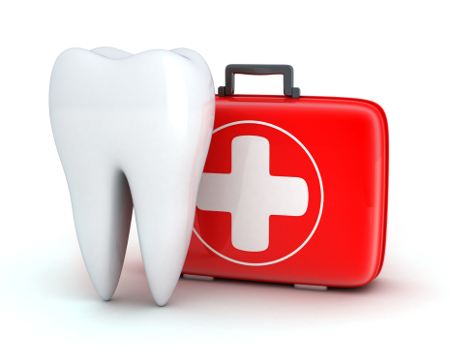Healthy Teeth, Happy Life.
Clinical Protocols to Prevent Dry Socket: Evidence-Based Strategies for Dental Professionals
Language :

Understanding Dry Socket (Alveolar Osteitis)
Alveolar osteitis, commonly known as dry socket, remains one of the most painful postoperative complications following tooth extraction.
It occurs when the blood clot that normally protects the exposed bone dissolves or dislodges prematurely, leaving the socket exposed to air, food debris, and bacteria.
Incidence rates range from 2–5% in routine extractions and can reach up to 30% after impacted third molar removal.
Pain typically begins one to three days post-extraction, radiating to the ear, temple, or jaw, and is often accompanied by a foul odor or taste.
Etiology and Risk Factors
Evidence shows that dry socket develops from a combination of local and systemic factors:
-
Traumatic extraction or excessive manipulation of the socket
-
Smoking and alcohol use (impair clot formation and healing)
-
Oral contraceptives and hormonal fluctuations
-
Pre-existing infections such as pericoronitis
-
Poor oral hygiene or bacterial contamination
Clinical Prevention Protocols
Dental professionals can significantly reduce dry socket incidence by following these evidence-based preventive strategies:
1. Atraumatic Extraction Technique
-
Minimize trauma to soft tissues and bone.
-
Use controlled force and adequate flap design.
-
Avoid overheating bone during surgical removal of impacted teeth.
2. Antiseptic Measures
-
Pre- and post-operative rinses with 0.12% chlorhexidine have proven effective in reducing bacterial load.
-
Irrigate extraction sockets gently with saline before closure.
3. Medication Protocols
-
Avoid unnecessary antibiotics; use only when clinically indicated.
-
Consider topical antimicrobial gels or alveolar dressings containing eugenol, chlorhexidine, or doxycycline for high-risk cases.
4. Hemostasis and Clot Protection
-
Achieve firm hemostasis before discharge.
-
Avoid suctioning directly over the socket.
-
Instruct patients to avoid spitting, rinsing, or using straws for the first 24 hours.
5. Patient Education
-
Provide clear verbal and written post-operative instructions.
-
Encourage smoking cessation at least 48 hours before and after surgery.
-
Reinforce gentle oral hygiene and follow-up visits.
Postoperative Care and Early Intervention
If a dry socket develops:
-
Irrigate the socket with saline to remove debris.
-
Apply medicated dressings to relieve pain and promote healing.
-
Schedule regular dressing changes until symptoms subside (typically five to seven days).
-
Analgesics and reassurance are key to patient comfort.
Clinical Takeaways
| Preventive Focus | Evidence-Based Recommendation |
|---|---|
| Surgical Technique | Gentle extraction and minimal trauma |
| Antiseptic Protocol | Chlorhexidine rinse before and after extraction |
| Risk Control | Avoid smoking, manage hormones and infections |
| Patient Education | Written post-operative care instructions |
| Follow-up | Early review within 48–72 hours for high-risk patients |
For Dental Professionals in the Philippines
To implement best practices or refer complex extraction cases, find a nearby clinic through our trusted network:
https://cebudentalimplants.com/map-dental-clinic




